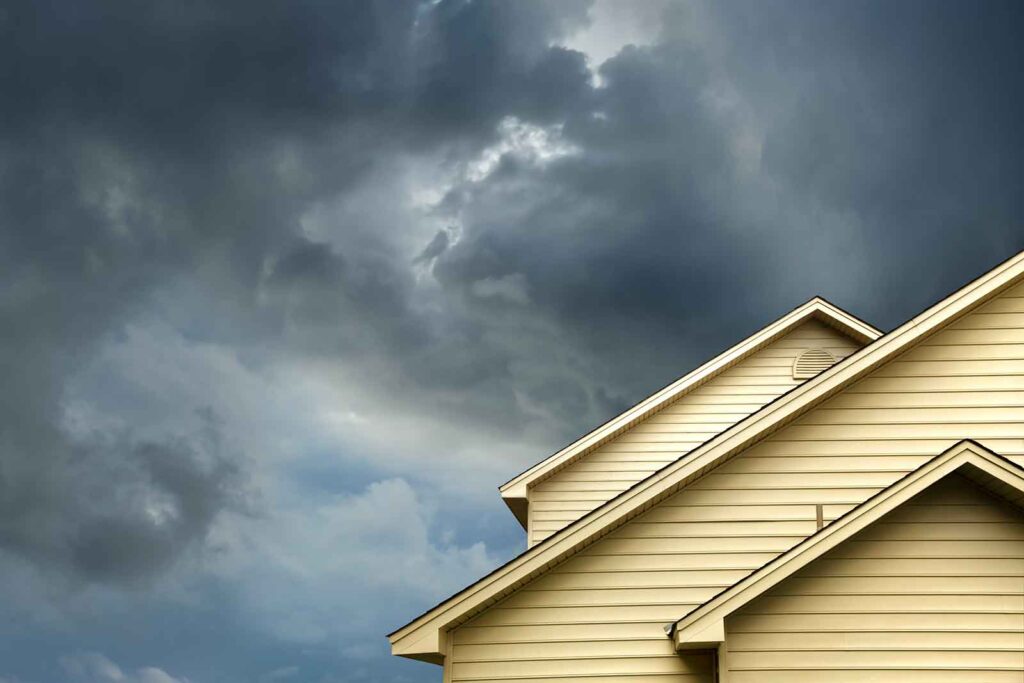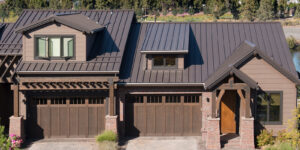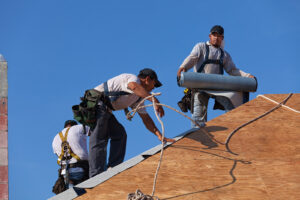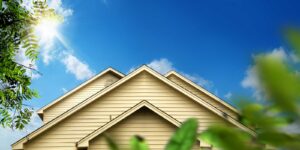Homeowners are wary of storm chasers in places where their weather is extreme, and they have regular hailstorms and high winds. However, many homeowners in Maryland are less aware of the roofing scams that occur after inclement weather because they only have a few bad storms. Find out more about roofing storm chasers and how to avoid them.
What is a Storm Chaser?
Storm chasers are contractors who travel around the country to areas that were hit by the bad weather in search of homeowners and insurance companies to scam. With the knowledge that a lot of insurance companies will pay for roof replacement in areas that have hail or wind damage, they naturally gravitate towards those areas.
What the storm chasers do is to go from house to house, telling people that they may have damages due to the storm and offering a new roof for a very low price or even free of charge. Then they make use of high-pressure tactics in making the homeowners believe that there are damages to the exterior of their home, and they can get their roof done for free courtesy of their insurance. Yes, if your new roof was affected by the hail or wind, insurance will most likely pay for you to have a new roof, but you need to take a closer look at the deal they’re offering you.
Here are the ways by which storm chasers can scam homeowners. In the best-case scenario, the homeowner will get a new roof that looks good but barely fulfills that area’s code requirements. The roof is usually made with substandard products, and corners will be cut, meaning faster failure of important areas like flashing, air circulation, and there will be no insulation in the attic. With this, the roof is not up to standard and has not been restored fully to how it was before the storm.
You might need to repair or even replace the roof later in the future due to how cheaply it was done. The homeowners have to deal with the aftereffects with their own money, seeing as the new roof was paid for by the insurance company. Most times, these storm chasers disappear right after they’ve finished the job or even before the job must have been completed due to the fact that they make use of out of town subcontractors for the work.
And so, there’s no way the homeowners can contact them to come back and fix the horrible work they did, or for warranties or to fulfill promises.
You need to know how to avoid storm chasers now that you know about them. Check below for this information.
How to Spot a Storm Chaser
CHECK OUT THE NAME
Most times, storm chasers use generic names, in line with the extreme weather you just faced recently. A roofing company that is genuine will have a kind of branding attached to the name. Any company with a name like “Number One Hail Experts” showing up unexpectedly in your neighborhood should make you wary. Make sure you research well because, in some situations, the local companies in your area might be paid by a storm chaser to use them as a front, that they’re out of town. You should do a quick check on anybody who comes to your home requesting to fix your roof for you.
LOOK FOR REVIEWS ONLINE
A genuine roofing company will have some online presence with their websites having reviews like Homes Advisor and Angie’s List. In addition, go to the Better Business Bureau (BBB) to check for their ratings and see if the company responded to any complaints and how they handled it.
FIND OUT THE LOCATION OF THEIR MAIN OFFICE
Companies will most often come from out of state after a massive storm with signs and flyers all over the neighborhoods. Look up the company online and check for any reviews from your area. If their business or main office is located in another state, they’re most likely going to be around for a short while to do some quick business and move to the next one.
CONSIDER HOW LONG THEY HAVE BEEN IN BUSINESS
Look at the business history of any contractor you want to select. A lot of roofing companies fail within the first five years. Still, their original pitch includes a long-standing workmanship warranty. Most times, homeowners are left with workmanship warranties that do not hold water when the business folds. You need to think twice about what they’re offering you if it is a company that was just created recently.
ASK TO SEE THEIR LICENSE AND CERTIFICATE OF INSURANCE
Before signing any contract for work to be done in your home, make sure that the person is licensed and insured to work in the State of Maryland. Also, make sure that their general liability policy and insurance will cover the project. Doing any form of home improvement without a license in Maryland is illegal for companies.
On the other hand, it’s essential to understand that storm restoration companies are different from storm chasers. A good restoration company’s primary focus is on fixing the damages. They have a lot of experience with insurance companies, unlike the big box roofer whose main aim is to get you to buy a new roof. Also, these companies travel around the country to meet the increased demand by supplementing the local workforce. Most times, these companies are costly due to the fact that your insurance is being billed for the highest rate possible. So, storm restoration companies might not be the option for you if your roofing issues are not covered by insurance.
The best option after your home is damaged by a storm is to find a full-service remodeling company that offers a range of small repairs to full roof replacements. Find someone who has been in your area for more than ten years with a service record to prove that they value customer satisfaction.




